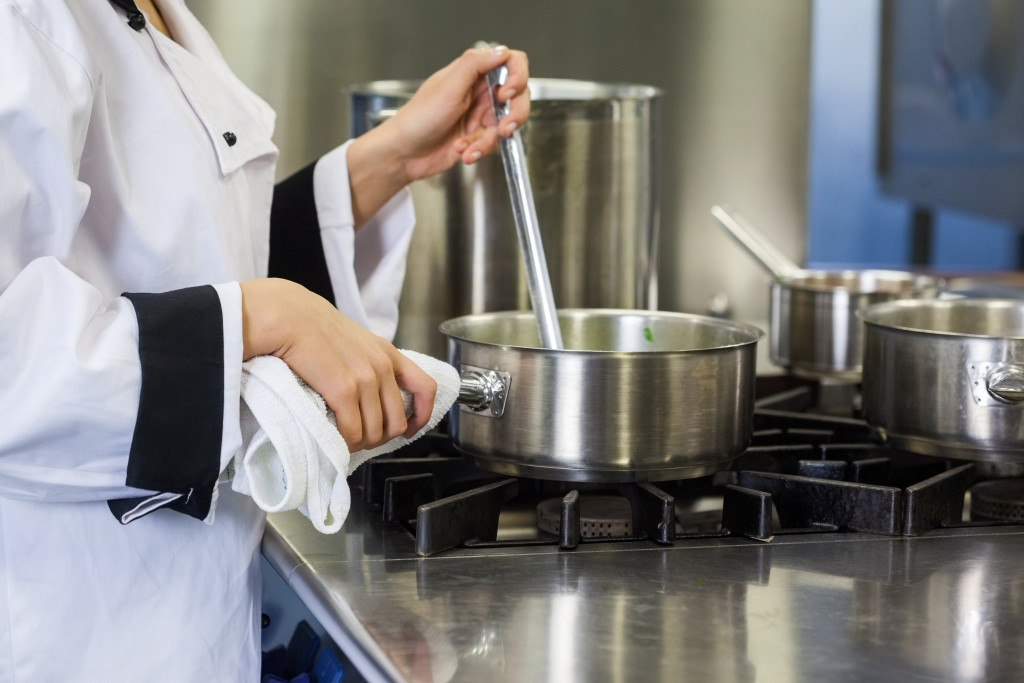The pandemic saw restaurants closing as people stayed home to avoid the virus. Due to this, restaurants had to innovate to allow them to stay afloat. The situation also saw the emergence of ghost or cloud kitchens in the market.
Ghost or cloud kitchens are delivery-only restaurants, which means they do not have a dining area on their premises. This gives them a bigger place for food preparation and cooking. It also reduces operating costs since most of their staff comprises chefs, cooks, and kitchen helpers. They also do away with the need to maintain a dining area, which is costly due to the added expense of sanitizing it every so often.
While setting up a ghost kitchen is appealing to entrepreneurs, they should avoid making mistakes to ensure they stay in business even after everything goes back to normal.
Neglecting Proper Planning
Similar to other types of businesses, setting up a ghost kitchen requires proper planning. Entrepreneurs should develop a concept for the kitchen and make sure it is consistent with their brand. To increase the chances of creating a concept that will do well in the market, they should check their market. Once they have an idea about the concept, entrepreneurs should incorporate it into their business plan.
The business plan should serve as the guide for the entrepreneur when he sets up the ghost kitchen. It should show the tools and equipment that he needs to purchase. The business plan should also identify the target market of the business. Additionally, it should take into account the delivery aspect of the business. Aside from offering an in-house delivery service, the business should also consider using third-party delivery services.
Ignoring the Market
A good understanding of the market allows entrepreneurs to offer products that the market will like. Even if the entrepreneur is a good cook, the ghost kitchen will not succeed if they do not offer the market’s food.
The situation highlights the importance of proper market research. Entrepreneurs should create a profile of their target market and find out what they are looking for. Understanding the wants and likes of their customers gives entrepreneurs an idea about what they should offer in the market.
Improper Menu Planning
When entrepreneurs finalize the concept, they should also start planning the menu. They should remember that the profit margin of the business will not be high at the start. This is particularly true if the business relies on third-party apps for delivery.
To increase profit, the business should establish a pricing strategy that takes into account different factors, such as the market, demand, and food cost. Entrepreneurs should also modify the menu whenever necessary. They should also think about their market when they decide the items to include in the menu.

Including a Mandarin Orange Chicken similar to Trader Joe’s original recipe allows the business to connect with a market that loves this dish. While the business can use the original product on the menu, offering its take of the dish allows the business to enhance the flavor and make it stand out in the market.
Additionally, entrepreneurs should avoid including many items in the menu since it can cause decision paralysis. And the business should avoid this situation since the customer can end up ordering from its competitor.
Overlooking Proper Food Costing
Food cost takes up a considerable portion of the budget of a ghost kitchen. Even though delivery-only restaurants have no dining areas to maintain, they are still affected by changes in food prices. To reduce food costs, entrepreneurs should implement a proper inventory of items and standardize the food preparation process. They should also emphasize the importance of lowering wastage among their staff.
In this situation, entrepreneurs should consider investing in a reliable point-of-sale system that allows them to monitor their inventory and sales. The system should also facilitate the analysis of other costs in the business, such as food wastage.
Avoiding Customer Interaction
Interacting with the customers is vital for ghost kitchens to know what their customers like or dislike about their products. And since they interact with their customers online, entrepreneurs should be active on their website and social media accounts.
Responding to the inquiries of customers promptly allows entrepreneurs to build rapport with their market. It also increases the level of trust that the customers have in the business. Additionally, engaging their customers will enable entrepreneurs to adjust their menus to increase their popularity in the market.
A ghost kitchen allows entrepreneurs who love food to open a restaurant without having to deal with the high cost of opening one during the pandemic.



